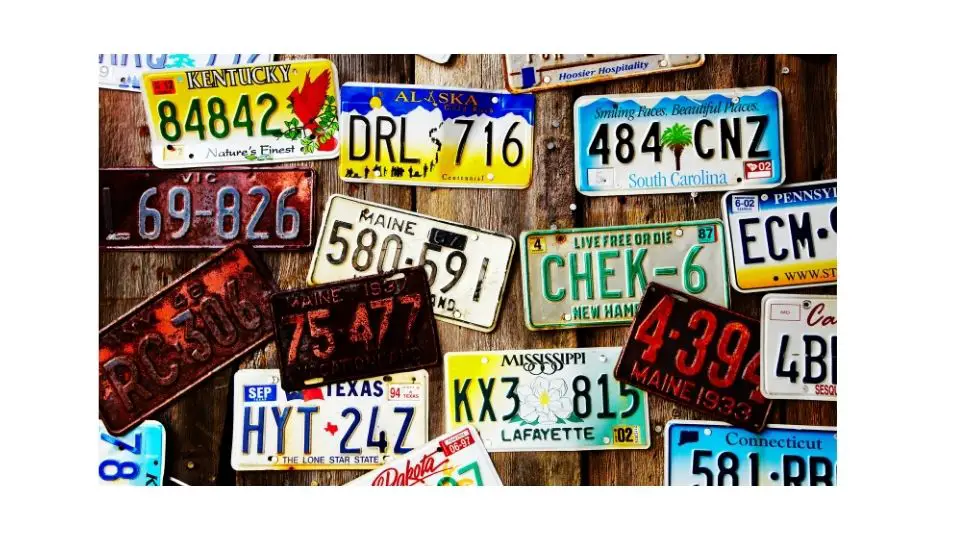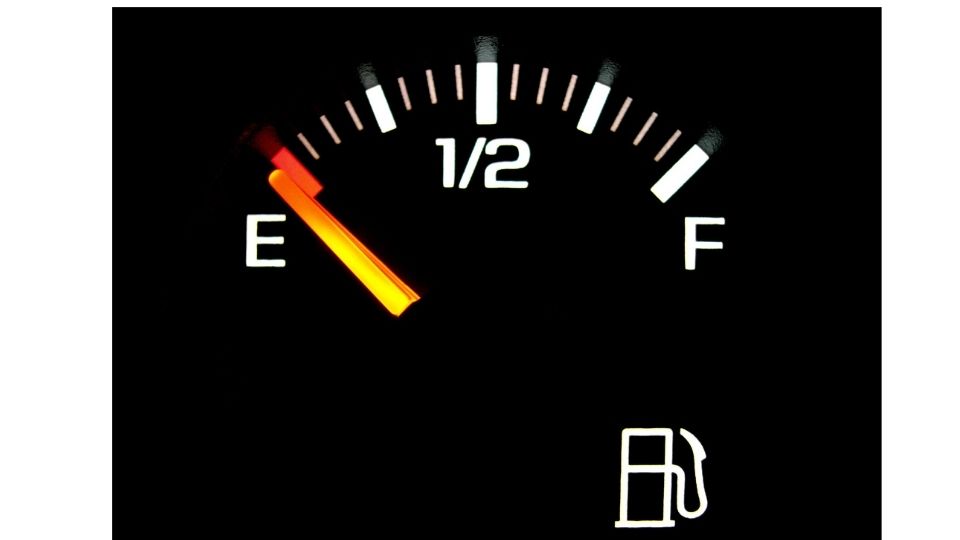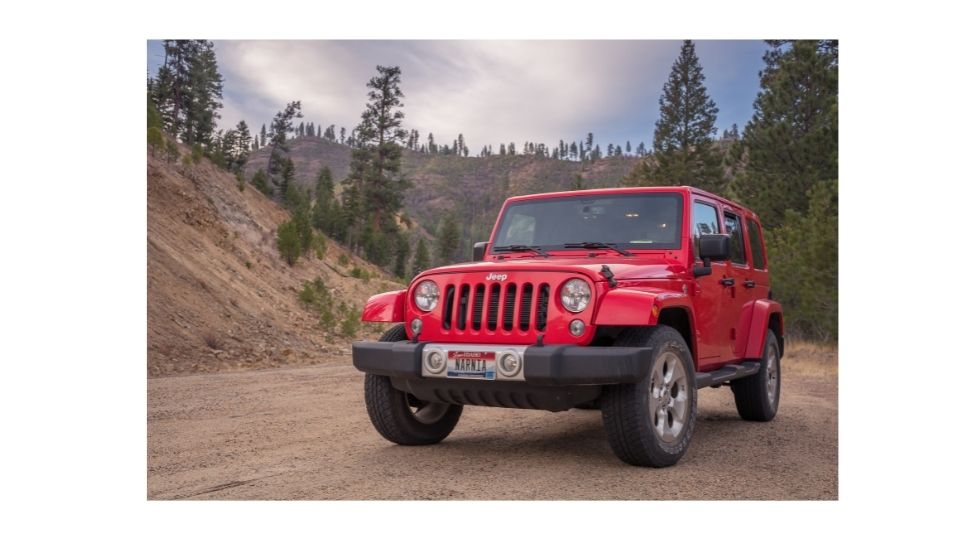If you own a Jeep Cherokee and want to give it an edgy twist, lowering it is an easy way to do so. Lowering not only gives your vehicle a cool look but can also increase performance by improving handling and increasing ride stability. In the rest of this guide, we will discuss all you need to know about lowering your jeep Cherokee and more. Read on.
Can you lower a Jeep Cherokee?
Yes, you can lower a Jeep Cherokee. Lowering a Jeep will affect your ground clearance, and ride height. Also, to do this properly and safely requires the right materials, tools, and steps.
You’ll need adjustable coil springs, shocks or struts, camber bolts, and sway bar links with additional hardware such as nuts and bolts for installation.
Additionally, specialty tools including spring compressors and torque wrenches are necessary in order to complete the job correctly. It is important to note that this job should only be attempted by experienced mechanics or those with extensive knowledge of automotive repair in order to reduce any risk of damage during installation.
With all these components in place, it’s time to get started on your project.
What is required to lower a Jeep Cherokee?
The first step to lowering a Jeep Cherokee is purchasing the necessary parts. The most important part of this process is selecting the right kit. There are several types available, including Coil over kits, and leaf spring kits. Depending on your desired outcome and budget, you will need to select a kit that meets those requirements.
Once all the required parts have been chosen it is time to prepare for installation by ensuring that all tools needed are accessible and in good working order.
Gathering any specialty tools specific to the type of kit being used should also be done before beginning work on your vehicle so that no unexpected delays arise from not having these items ready when needed.
Safety should always come first with any car customization project so taking adequate precautions such as wearing protective gear during installation is very important.
Pros and cons of lowing a Jeep Cherokee?
The pros of lowering a Jeep Cherokee include improved performance on the roads and trails, as well as an aggressive look. Lowering your vehicle can provide better handling and More Road Feel. Additionally, larger wheels with lower offsets will give your Jeep a more unique appearance that stands out from the crowd.
The pros of lowering a Jeep Cherokee include improved performance on the roads and trails, as well as an aggressive look. Lowering your vehicle can provide increased ground clearance for off-roading and reduce body roll when cornering. On the other hand, there are some potential drawbacks to consider before lowering your Jeep Cherokee. The most notable is cost; purchasing shocks/struts, air ride systems, tires specifically designed for lowered Jeeps and body kits all add up quickly.
In addition to this financial burden, you’ll also have to invest time in installation if you decide not to take it into a shop or garage – something that isn’t always convenient or feasible depending on where you live.
Finally, some states may require additional inspections following any modifications made to a vehicle which could mean further delays and extra costs down the line if these requirements are not met correctly prior to inspection.
How much does it cost to lower a Jeep Cherokee?
The cost of lowering a Jeep Cherokee can vary greatly depending on the type of kit you purchase. Generally, kits that lower your vehicle by two or three inches will range from $ 200 to $ 600 in price.
If you need more drastic changes, there are also air suspension systems available that can drop your ride up to six inches and often cost around $ 1,000 or more.
The parts included in these kits may include shocks and struts, springs, control arms, sway bar links, and other components needed for installation. Additionally, some shops may charge an extra fee for labor when installing the kit so keep this in mind as well when budgeting for your project.
Does lowering springs damage shocks?
Lowering your car’s springs can be a great way to customize the look of your vehicle, but it’s important to consider the potential consequences of doing so.
While lowering springs can often improve handling and reduce body roll due to improved suspension geometry, they can also damage shocks over time. Lowering springs also offer improved acceleration due to their lower center of gravity; this can be especially beneficial in performance-oriented vehicles where a lower ride height is desired for better handling characteristics





